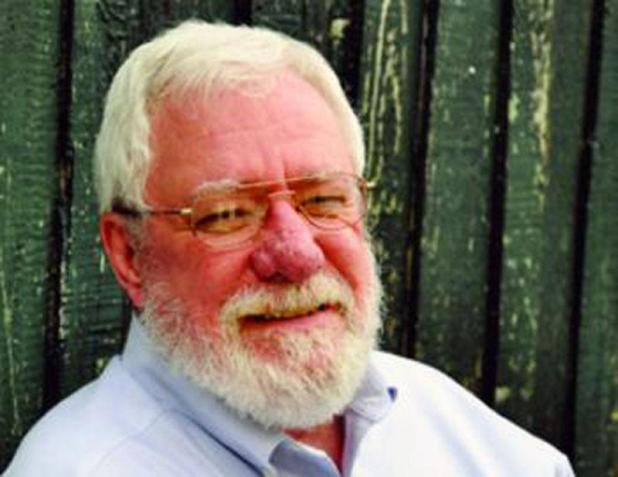
Jim Bradshaw
Curing your cold — and everything else
Practically every south Louisiana community had a store in the middle 1800s like D. R. January’s Crescent Drug Store in Crowley that offered “chemicals, perfumery, fancy stationery, toilet articles, soap, garden seeds, pipes, tobacco, cigars, paints, oil, glass, and everything usually found in a first-class drug store.”
But, most importantly, it sold patent medicines that worked so magically it’s a wonder they are no longer with us. If the old advertising claims were true, we would have no need for today’s expensive prescriptions .
For example, Bryan’s Pulmonic Wafers were all that anyone needed to cure a cold in the 1850s. It was guaranteed to be “the most certain and speedy new discovery for all Diseases of the Chest and Lungs, Coughs, Colds, Asthma, Consumption, Bronchitis, Influenza, Hoarseness, Difficult Breathing, Sore Throat,” and all sorts of other things.
Advertisements in newspapers across south Louisiana for the wafers promised “ the most instantaneous and perfect relief” from its laundry list of ailments.
“Thousands have been restored to perfect health who have tried other means in vain,” the ads claimed. “To all classes and all constitutions, they are equally a blessing and a cure — none need despair, no matter how long the disease may have existed, or however severe it may be …. Everyone affected should give them an impartial trial.”
If that didn’t work, there was always Ayer’s Cherry Pectoral, good not only for coughs, colds and hoarseness. But also whooping cough, asthma and consumption.
“While many inferior remedies thrust upon the community have failed and been discarded, this has … conferred benefits on the afflicted they can never forget, and produced cures too numerous and too remarkable to be forgotten.”
The testimonials came from around the globe, according to the Cherry Pectoral ad: “In Great Britain, France and Germany, where the medical sciences have reached their highest perfection, Cherry Pectoral is introduced, and in constant use in the Armies, Hospitals, Alms Houses, Public Institutions, and in domestic practice, as the surest remedy their attending physicians can employ for the more dangerous affections of the lungs. Also in milder cases, and for children, it is a safe, pleasant, and effectual cure. In fact, some of the most flattering testimonial we receive have been from parents who have found it efficacious in cases particularly incidental to childhood.”
Swain’s Panacea, was indeed a panacea if it did what was claimed for it — curing “all blood diseases,” as well as rheumatism, ulcers, old sores, boils, diseases of the spine, catarrh, and wasting.
Holloway’s Pills were the answer for everything else. This “extraordinary cure of loss of health” was “wonderfully effective” for ague, asthma, bilious complaints, blotches on the skin, bowel complaints, colic, consumption, debility, dropsy, fevers of all kinds, fits, gout, headache, indigestion, inflammation, jaundice, liver complaints, lumbago, rheumatism, sore throats, tumors, ulcers and “weakness from whatever cause.”
Obviously, the medicines and their advertising were entirely unregulated in those days. Makers could claim anything they could imagine. Nor were they required to list their ingredients. For a time, a good number claimed their medicine contained “snake oil,” whatever that was, and that’s why we still sometimes label folks who tend to make things up as “snake oil salesmen.” Lots of the medicines contained so much alcohol, opium, morphine, or other narcotics that, after just a swallow or two, nobody cared whether they were cured or not.
All of that changed on June 30, 1906, when President Theodore Roosevelt signed the first Food and Drug Act. The law put an end to the wildest claims, put some makers out of business, and caused others to change their formulas, quit making any medical claims, and market their products as simple refreshments. Coca-Cola is probably the one we know best. Pepsi, Dr. Pepper and 7-Up also began as patent medicines
They’re still with us because they are refreshing, and that’s nice — but what can they cure these days?
You can contact Jim Bradshaw at jimbradshaw4321@gmail.com or P.O. Box 1121, Washington LA 70589.
